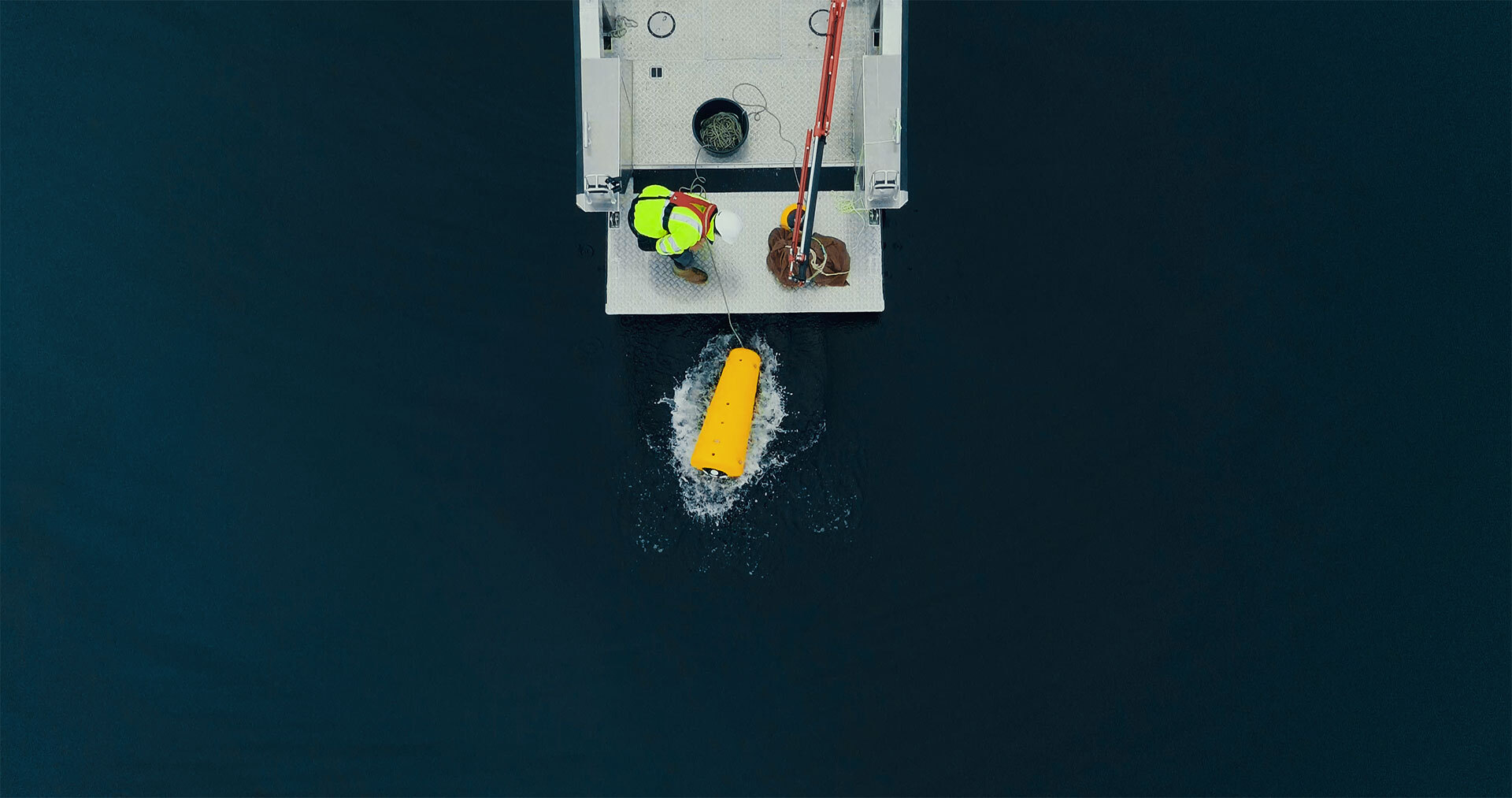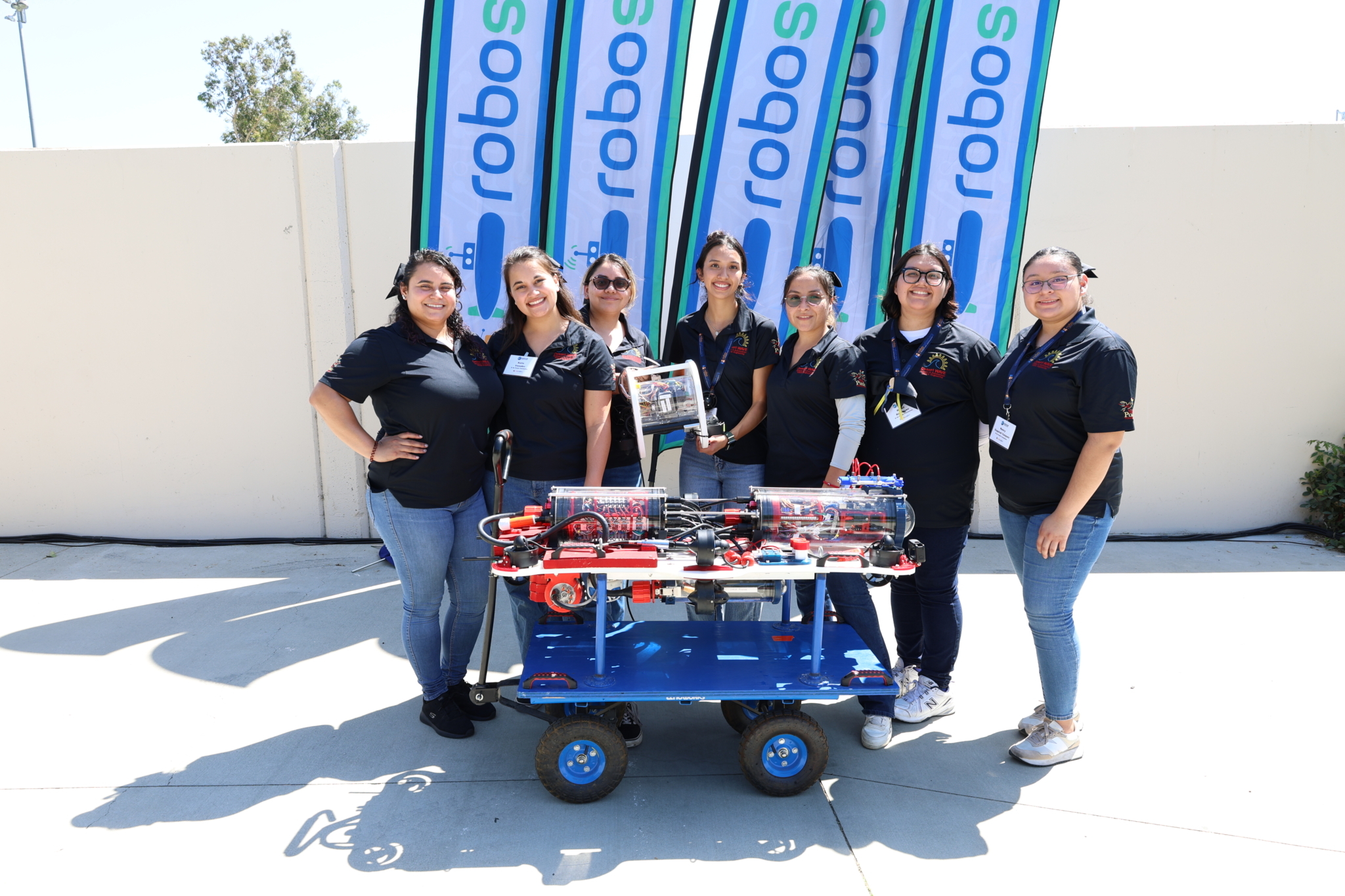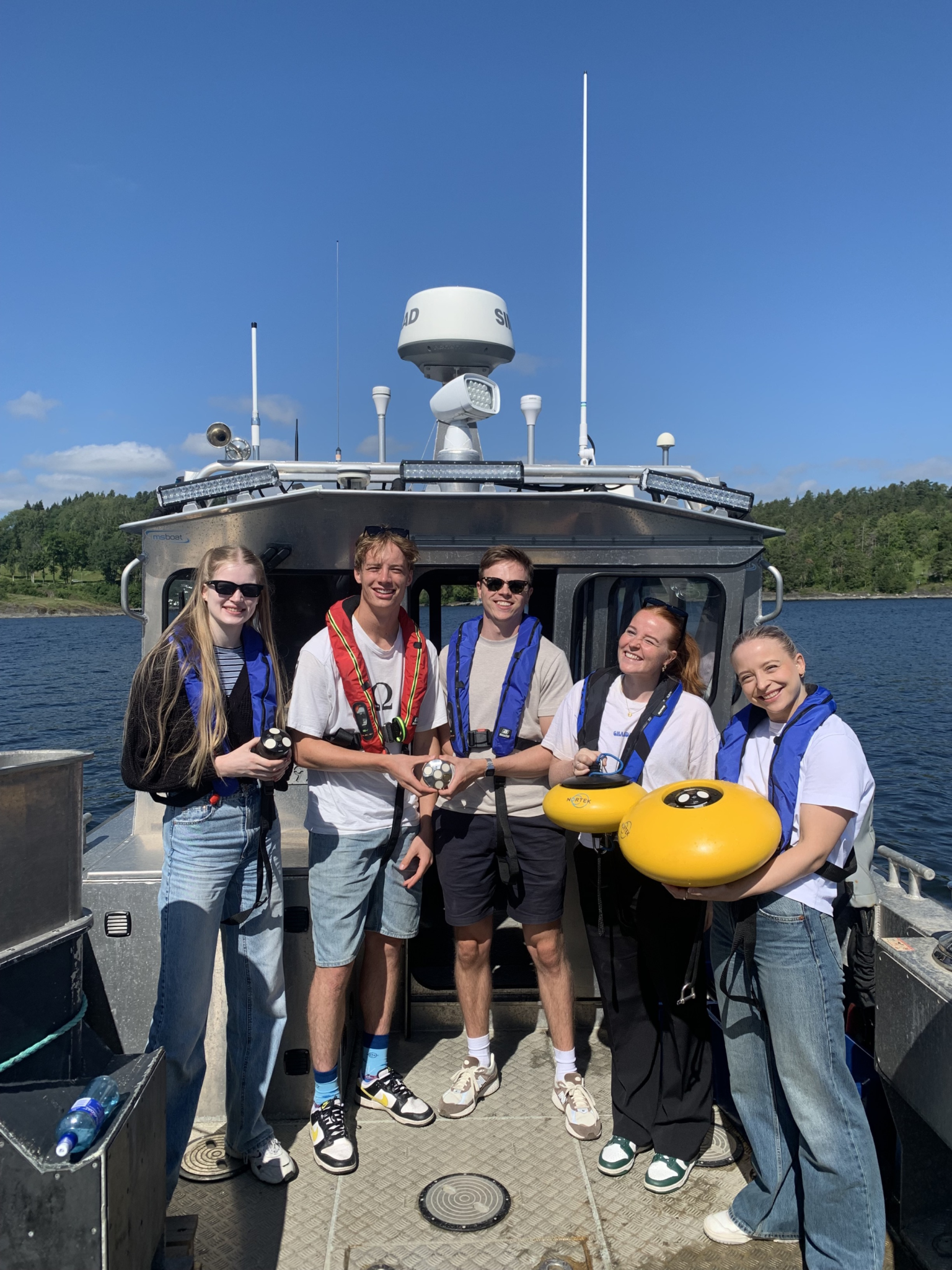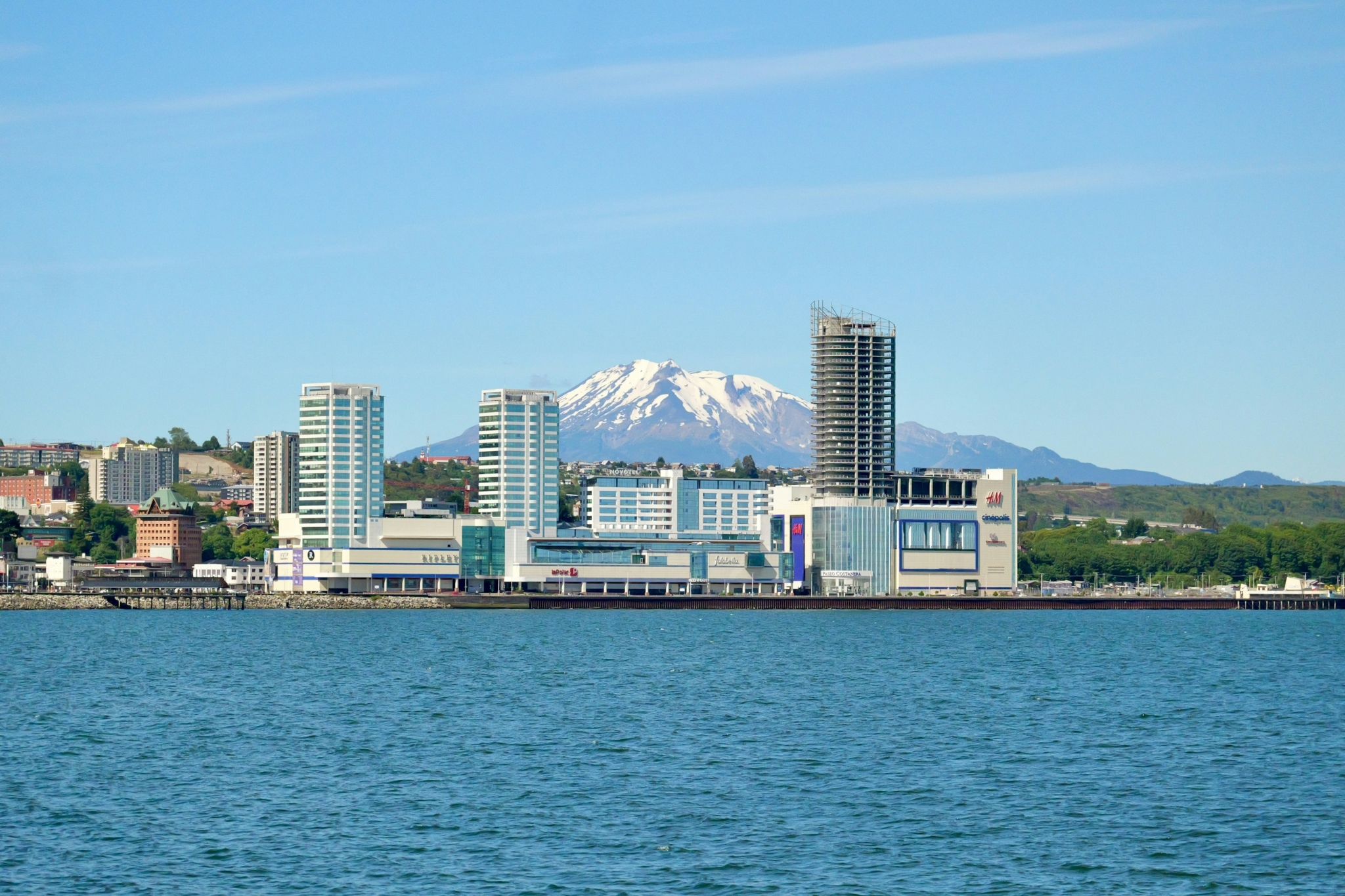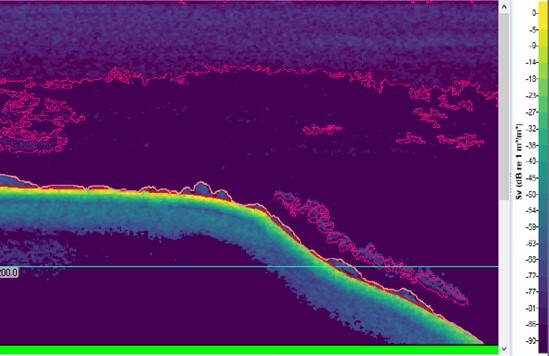
Using Echoview software with Signature ADCPs to get the most out of echosounder data
- Company & product news
Quantifying the abundance of different particles in the water column requires creativity and scientific tools. Water sampling can tell scientists information such as sediment concentration, but only at a given level of the water column. This is where echosounder data comes in: by measuring the strength of a returned acoustic signal, echosounder data can be used to quantify the content of much of the water column.
This includes identifying individual species or objects, including fish, marine mammals, and diving birds, as well as investigating suspended sediment or biomass, including mud stirred up by tidal currents, nutrients transported via runoff, gas plumes, submerged vegetation and plankton.
These measurements can be used to monitor individual targets (for example, a marine mammal) and their fine-scale movements or to identify ecosystem-level spatial and temporal patterns (such as diel migration of zooplankton). Physical oceanographic features are also observed in echograms: upwelling-driven stratification, tidal currents, surface runoff, and the impacts of wind-driven mixing.
Sampling the water column with ADCPs
Nortek's Signature 1000 kHz, 500 kHz, and 100 kHz acoustic Doppler current profilers (ADCPs) are equipped with a vertical echosounder beam that measures to the boundary, while simultaneously monitoring current velocity using the instrument's four slanted beams.
The higher-frequency instruments offer the highest resolution and are typically used for monitoring in estuaries and the coastal ocean, while the lower-frequency Signature100, with expected ranges of 300–400 m, is deployed in deeper oceanic waters. By taking simultaneous echosounder and current measurements in one place, the Signature ADCPs enable researchers to take the data and perform computations of flux estimates over broad spatial and temporal scales.
Acoustic data processing
Nortek’s ADCPs are powerful echosounding tools, but to get the most out of this data, post-processing is required. Specialists from Echoview Software, a hydroacoustic data processing and interpretation company based in Australia, have recently integrated support for Nortek's Signature ADCP data files in their industry-leading software package, Echoview®. This software is designed for processing of echosounder and sonar data. The update to the Echoview software allows Signature ADCP users to easily visualize and analyze the echosounder data from their ADCP.
Recently, Echoview Software released Echoview 13 – one of their biggest updates yet, including their first foray into machine learning technologies, setting up the future of efficient data processing.
Echoview 13 also features support for data recorded by the 1000 kHz, 500 kHz and 100 kHz vessel-mounted and stationary Nortek Signature ADCPs, including narrowband and processed pulse-compressed echosounder data, along with GPS and other ancillary measurements.
Echoview contains advanced tools to make target detection quick and easy and to rapidly quantify data and generate reports for use in statistical analysis and modeling. The software package combined with the capabilities of the Signature ADCP opens up new possibilities for surveyors and researchers requiring both current and echosounder data.
Proving the capabilities of the echosounder and ADCP package
The capabilities of the echosounder functionality in Signature ADCPs have been proven in multiple research projects:
Deployment of a Signature100 ADCP in August 2021 in the Gulf of Lions, Mediterranean Sea, revealed the water column structure over the continental shelf and shelf slope. The figures below depict echograms of relative volume corrected backscatter: Sv (dB re 1m-1).
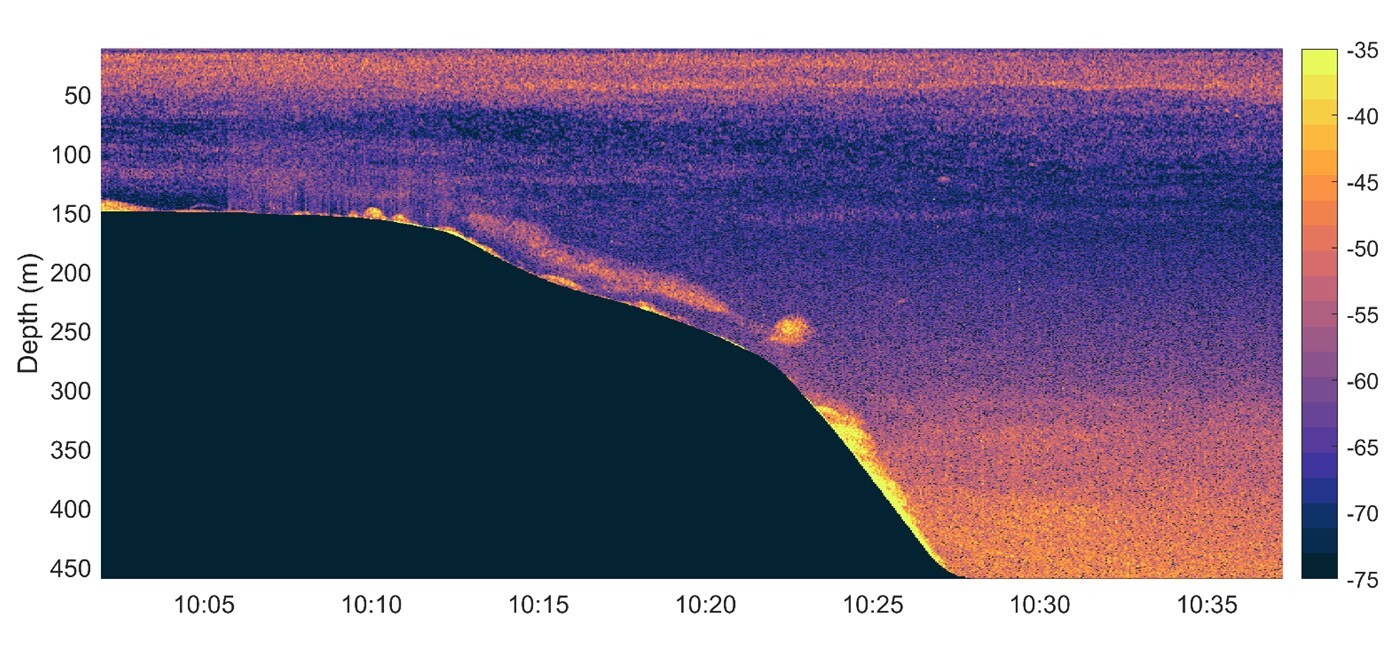
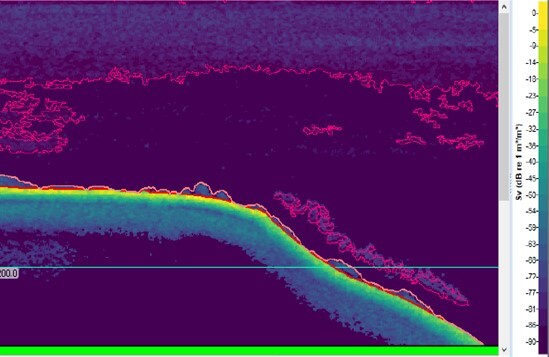
The top image shows visualization in MATLAB while the bottom figure shows post-processing with Echoview. Horizontal structure is seen in the upper 50–70 m where solar radiation creates strong temperature gradients. The Echoview-processed image removes noise and delineates biomass in the water column as well as vegetative features along the shelf and slope.
In August 2019, the French National Centre for Scientific Research added a Signature100 ADCP to the ALBATROSS (Autonomous Line with a Broad Acoustic Transmission for Research in Oceanography and Sea Sciences) mooring in the western Ligurian Sea (Velasco et al., 2021).
OceanContour was used to transform, filter and average slanted beam data, and Echoview was used to post-process echosounder data, which included identification and removal of spikes of impulse noise and estimation and removal of background noise.
As the Mediterranean Sea lacks nutrients, the primary source of backscatter is theoratically comprised of zooplankton. Diurnal patterns seen in slanted beam and echosounder data are thereby attributed to known nighttime vertical migration towards the surface. Seasonal patterns are also reflected in increased biomass in the upper layers in winter compared to fall (Velasco et al., 2021).
In the fall of 2019, WaterProof Marine Consultancy & Services deployed vessel-mounted and stationary Signature1000 ADCPs in conjunction with collecting water samples south of Ameland Island in the Wadden Sea. Data was used to improve Nortek's backscatter correction algorithms and ingested into numerical models used to optimize dredging operations (Daugharty et al., 2021).
In another research project, the Antarctic Ecosystem Research Division, Southwest Fisheries Science Center of the National Oceanic and Atmospheric Administration (NOAA) deployed six moorings with Signature100 ADCPs along the continental shelf of the northern Antarctic Peninsula near a colony of krill predators (Cutter et al., 2022). Broadband echosounder output and current profiles were used to estimate krill biomass and water flow, where scatterers were classified using seven frequency bins, and results were used to better understand dynamics in a foraging region key to a commercial fishery (Cutter et al., 2022).
References:
Cutter, G.R., Reiss, C.S., Nylund, S., Watters, G.M., 2022. Antarctic Krill Biomass and Flux Measured Using Wideband Echosounders and Acoustic Doppler Current Profilers on Submerged Moorings. Front. Mar. Sci. 9, 784469. https://doi.org/10.3389/fmars....
Daugharty, M., Brinkkemper, J., Kamminga, S., Huitema, H., Heesen, J.V., Nylund, S., 2021. High Resolution Echosounder Data from Water Surface to Sea Bed. Presented at the InterCOH, Delft, The Netherlands, p. 1.
Velasco, D., Hutton, B., Lefèvre, D., Zakardjian, B., Gojak, C., Mahiouz, K., Heyndrickx, C., Nylund, S., Bezile, A., 2021. Performance evaluation of a combined ADCP- scientific echosounder system. Presented at the OCEANS 2021, San Diego, United States, p. 11.
